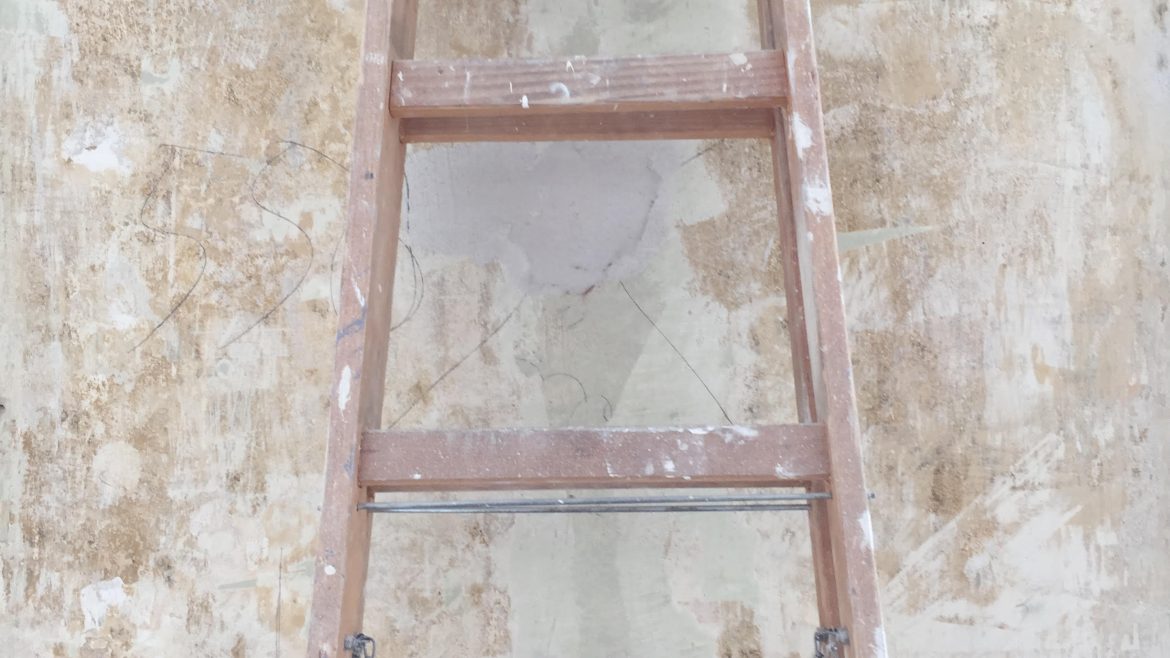Far from linear
My career path has been far from linear. Coming from a family of artistic people, I was always encouraged to do something creative and to follow my dreams. And for lack of any other ideas, I went on to study singing after graduating from high school, and so got my first degree in performing arts. My dream was to be a songwriter.
However, my dream did not include an “earning a living” part. That was totally not in my field of vision. I had no clue how to make proper money as a songwriter. Gigging around town with my jazz quartet brought in a little cash, but it was not a sustainable solution.
So I was very lucky to have discovered the opportunity to teach English as a foreign language to business professionals in Vienna. What a leap, right? I could work as a freelancer, I was quite good at it, and I really enjoyed it. And the meaning I attached to it was that it enabled me to continue creating music while supporting myself.
After a while though, the teaching grew and the songwriting shrank. I had become tired of feeling divided and not being able to focus on one thing properly. So, I decided to make the mature move and to take my teaching more seriously. It seemed the universe was nudging me towards teaching anyway.
I realized soon enough, however, that teaching English as my main professional focus quickly became hollow. The whole purpose of teaching English was to enable my creative endeavors. Without those, my motivation plummeted.
What could I do that combined the creative flow that songwriting gave me with the talent I discovered as a teacher? Well, I did what so many people do in mid-life who find themselves at a crossroads: I trained to become a coach.
It does sound a bit cliché, I know. Nevertheless, it did give me hope and a new direction. It was something different that I was able to get very excited about. My motivation was back. And I was going to need it!
Because that was 10 years ago.
It took some time to carve out my niche. And in this field, it is always a work in progress. Yet, so long as it feels meaningful, and I can keep growing, then I am on the right, albeit sometimes bumpy, path.
And of course making money is important, but it is not the essence of my motivation. The meaning that coaching and soft skills training gives me is the constant development that goes along with it. In other words, it is unendingly creative.
So what I discovered is that creative work doesn’t have to be “artistic”. If I had had a good coach at 19, I wonder how different my life would be. In any case, I am the coach now, and the good thing about my irregular career path is that my clients will benefit from my experience. So indeed it is all as it should be.
Keep Growing <3 <3 <3





